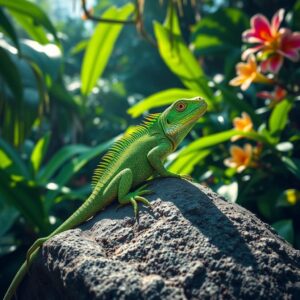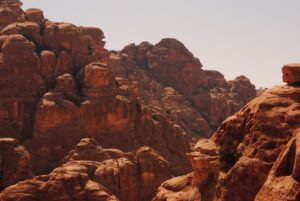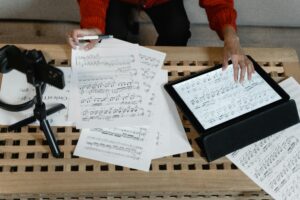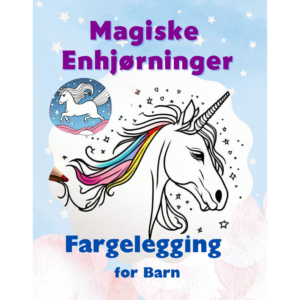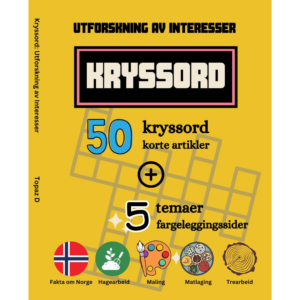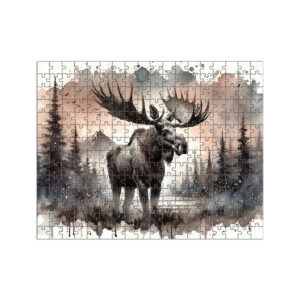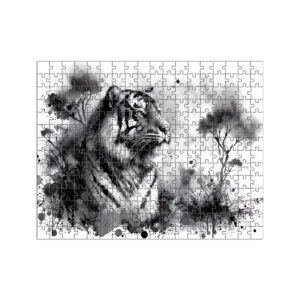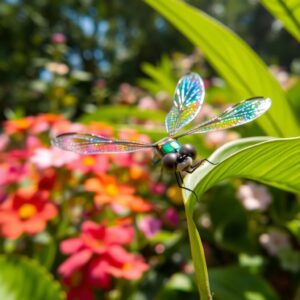
Explore & Play
Discover interesting topics and solve the accompanying crossword puzzle.
Flocks Crossword: Discover Birds and Sheep Insights
Table of Contents
Flocks Crossword
You can either fill in the crossword puzzle directly on this page or click the button in the bottom right corner to print it for free.
——————————————
Exploring Flocks Crossword: Insights into Birds, Sheep, and Collective Instincts
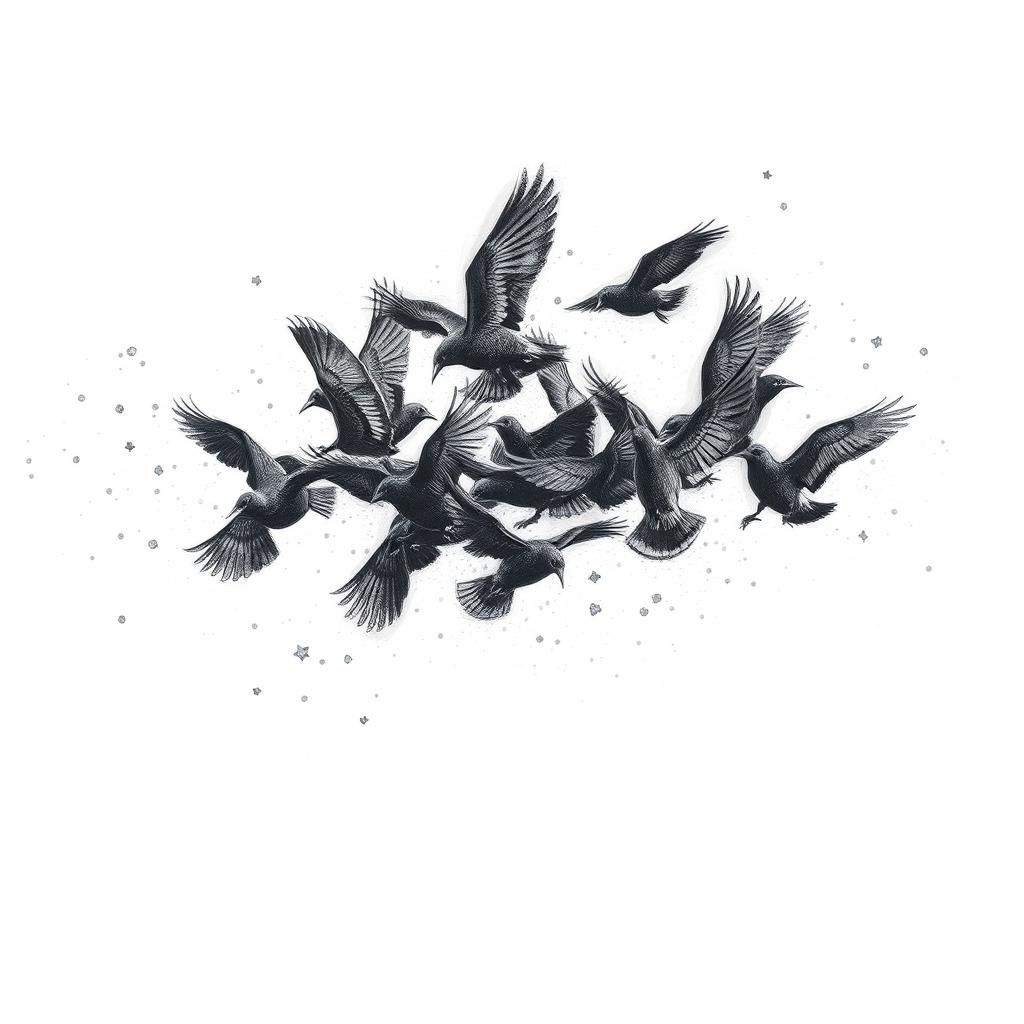
Introduction
Step into the quiet world where words gather like birds at dawn, each crossing paths to form a puzzle alive with nature’s rhythm. Flocks crossword puzzles aren’t just about filling boxes; they’re a celebration of collective movement — the way birds, sheep, and other animals come together, instinctively and seamlessly. For puzzle lovers and nature fans alike, these crosswords offer a chance to explore the language behind group behavior and to marvel at the hidden patterns that govern the natural world.
Understanding how animals move in flocks or herds reveals more than instinct; it opens a window into cooperation, survival, and shared purpose. When these behaviors inspire crossword clues, the puzzles become a living tribute to the ancient dance of creatures moving as one. So whether you’re chasing down the word “murmuration” or spotting the “bellwether” hidden in a clue, you’re tapping into a deep, collective story — one that blends the charm of language with the wonder of the wild.
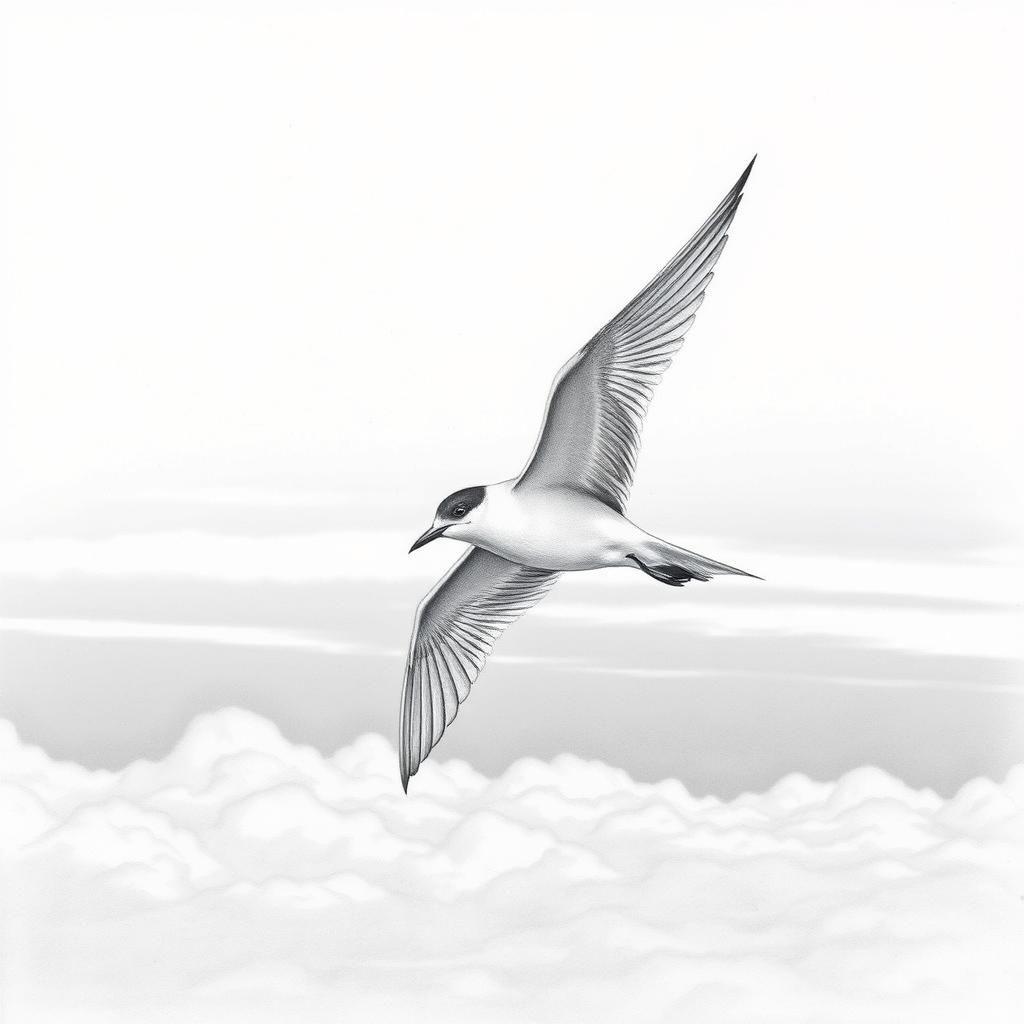
Fascinating Facts About Bird Migration
Picture the Arctic tern, a small seabird no bigger than your hand, embarking on a marathon flight that would make even the most seasoned traveler dizzy. This remarkable bird journeys nearly 50,000 miles each year—an odyssey that’s roughly the equivalent of traveling to the moon and back three times. It’s a staggering feat of endurance and instinct, one that has captivated scientists and puzzle lovers alike.
Thanks to modern tracking technologies—tiny GPS devices that can be gently attached to these feathered voyagers—we now see migration routes with stunning clarity. These tech advances have unveiled not just where birds go, but when and why they take particular paths, guided by invisible threads of magnetic fields, wind currents, and ancient wisdom passed down through generations.
It’s no wonder these natural marvels find their way into crossword puzzles, where clues invite solvers to connect the dots between “geese,” “starlings,” and the grand mystery of migration. Words like “migrate,” “winged,” or “flyway” become small gateways to the vast world of bird journeys. The starlings’ mesmerizing murmuration—thousands of birds twisting and turning in synchronized chaos—is another favorite, capturing imaginations as both a natural wonder and a clever crossword nod.
So, next time you see a clue about a bird’s epic trek or a murmuration’s swirling dance, think of the Arctic tern’s epic voyage or the humble starling’s sky ballet. Behind those words lies a world brimming with life, movement, and stories waiting to be uncovered.
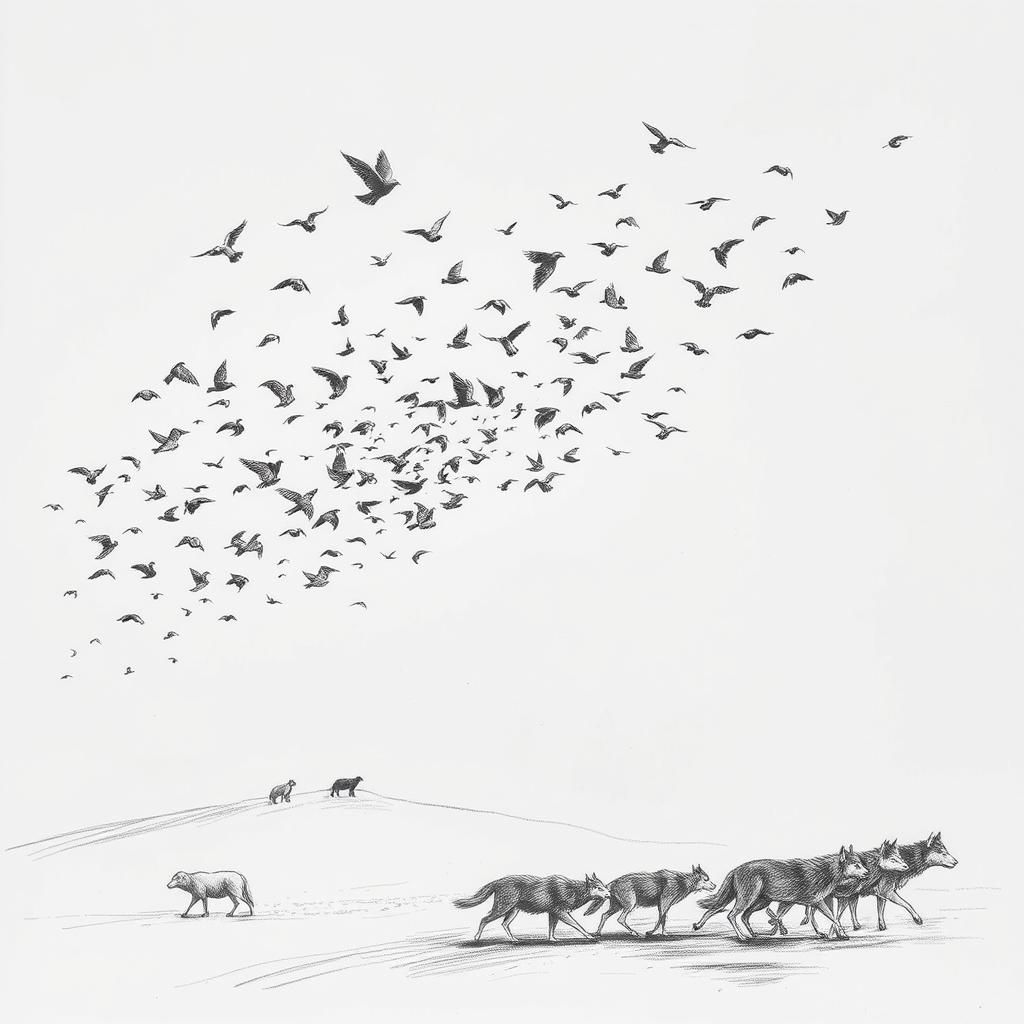
Collective Nouns and Language of Animal Groups
Imagine a quiet field dotted with sheep, or a sky darkened by thousands of birds swirling as one. Behind these scenes lies a fascinating world of language — collective nouns that capture the essence of these gatherings. For birds, the words go beyond the simple “flock.” Take geese, for example: when they are paddling together on a lake, they form a “gaggle,” but once they lift into the air, they become a “skein.” These words don’t just label a group; they paint a vivid picture of movement and place.
Starlings take this a step further with their mesmerizing “murmuration.” Picture thousands of tiny bodies twisting and turning in perfect harmony, as if part of an otherworldly dance. The word murmuration doesn’t just describe their flock; it captures the whispering, rustling sound they make — the audible poetry of collective instinct.
Turning to sheep, language reflects both behavior and the roles within the group. The term “bellwether” refers to the lead sheep, often wearing a bell, guiding the rest through unfamiliar terrain. It’s a pacer, a leader — and a word that has quietly hopped from farmland language into everyday expressions, symbolizing leadership and trendsetting beyond the meadow.
Other animals have their own distinctive collective nouns too. Wolves travel in “packs,” a term infused with ideas of cooperation, hierarchy, and instinctual teamwork. These words often appear as crossword clues, inviting solvers to tap into that rich relationship between language and nature. Whether it’s the puzzle hinting at a “gaggle” or a “bellwether,” these collective nouns bring a touch of the wild to the grid — words that carry stories, movements, and the living pulse of animal communities.

Examples of Animal Instinct and Group Behavior
Look up just before dusk at a swirling mass of starlings twisting through the sky — that mesmerizing murmuration is nature’s own choreography, instinct written not in words but in movement. It’s more than pretty spectacle: hundreds, sometimes thousands, of birds moving as one seamless entity. Scientists still puzzle over how each starling knows exactly when to turn, dive, or climb without crashing into their neighbors. This is instinct at its finest — an unspoken agreement where individual actions create a breathtaking whole, a dance that protects against predators and keeps the group safe.
On the ground, you’ll find similar instinct woven through sheep herds, with the steadfast bellwether — the lead sheep, often with a splash of white — guiding its flock. This mysterious role isn’t just folklore; it’s a living example of natural leadership and safety in numbers. The bellwether walks first, coaxing the rest, especially when the flock darts across unfamiliar terrain or brushes against danger. Farmers throughout history have passed down tales of narrow escapes and calm guidance, reinforcing how deeply this instinct shapes rural life and culture.
Then there’s the wolf pack: a tight-knit family bound by instinct and hierarchy. Every member plays a part, from the alpha pair steering the pack’s movements to the coordinated howls echoing through the forest. Their survival depends on knowing when to hunt, rest, or defend territory — a profound example of instinctual teamwork. This complex dance of leadership and loyalty translates into crossword puzzles, too, where clues might nod to “pack mentality” or “bellwether,” inviting solvers to unlock the story behind these natural instincts.
Through puzzles or in the wild, these glimpses into group behavior remind us: instinct isn’t simply automatic — it’s a powerful thread connecting individuals to their communities, weaving stories that cross time and species.
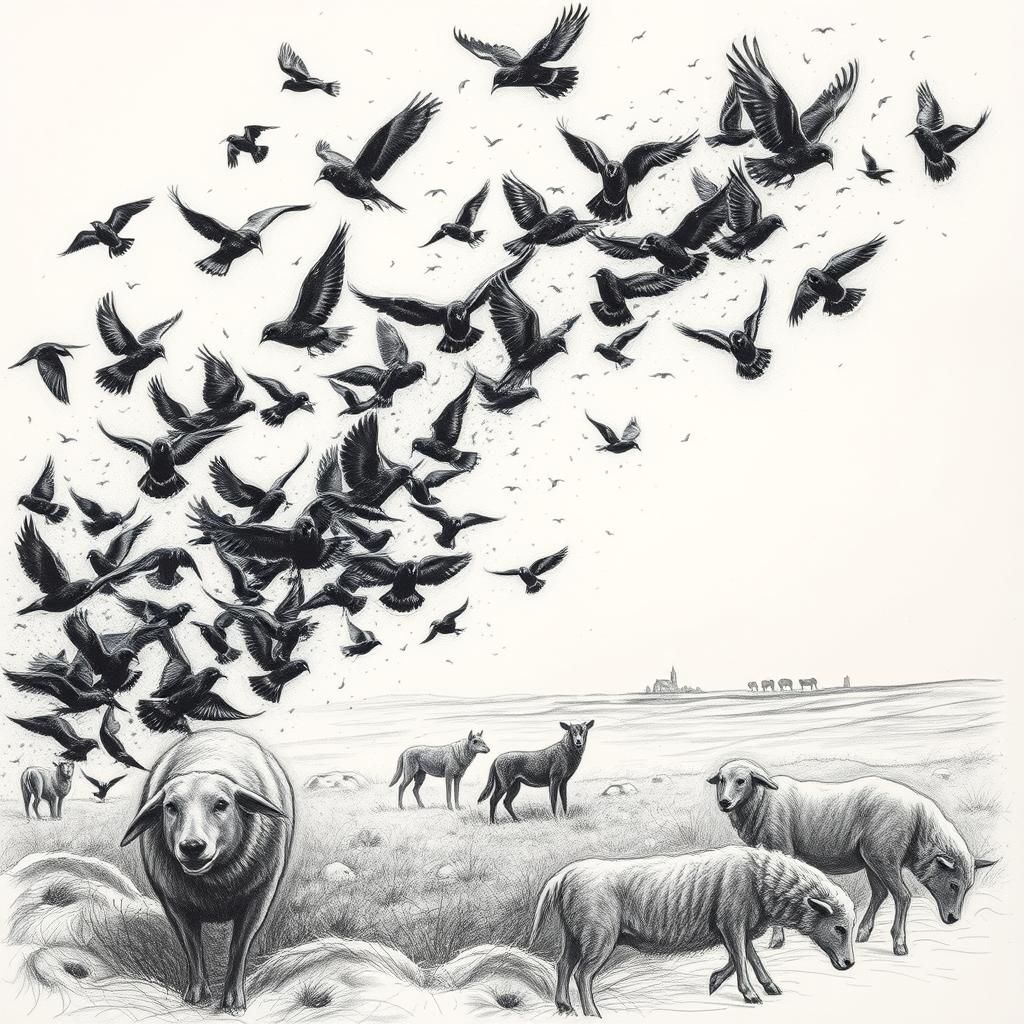
Popular Themes and Clues in Flocks Crossword Puzzles
Step into any flocks-themed crossword, and you’ll quickly notice how birds take center stage. Starlings often make an appearance, especially when puzzles hint at their mesmerizing murmurations—those swirling, dark clouds moving like living ink across twilight skies. Clues nod to this graceful dance, sometimes referencing “murmuration” itself or pointing toward the fluid patterns of flight. Migration is another favorite, with geese honking their way through clues that echo long journeys south. These puzzles often celebrate specific birds, turning the likes of “goose,” “tern,” or “starling” into key answers that invite solvers to feel the rhythm of the skies.
Sheep, too, find their place amid the clues, weaving history and nature into language. Words like “bellwether” surface regularly, not just as a crossword challenge but as a window into leadership within a flock—an older ewe steering the way, both literally and metaphorically. “Herd” crops up often, evoking pastoral scenes and silent understanding between animals. Sometimes, clues reach beyond the field, tapping into cultural lore: think of the bellwether’s quiet role in shaping phrases we still use today, giving puzzles a subtle depth that rewards both word lovers and nature fans alike.
Beyond birds and sheep, other animal groups thread through these puzzles with equal charm. Wolf “packs” remind solvers of instinctual coordination, while schools of fish bring marine migrations to the grid. Clues occasionally hint at myths—the idea that animals follow star patterns or secret routes—reflecting how human storytelling about migration and group life seeps into language games. In this way, flocks crossword puzzles don’t just test vocabulary; they connect solvers to the mysteries of the wild, the rhythms of community, and the stories we’ve told ourselves for generations.
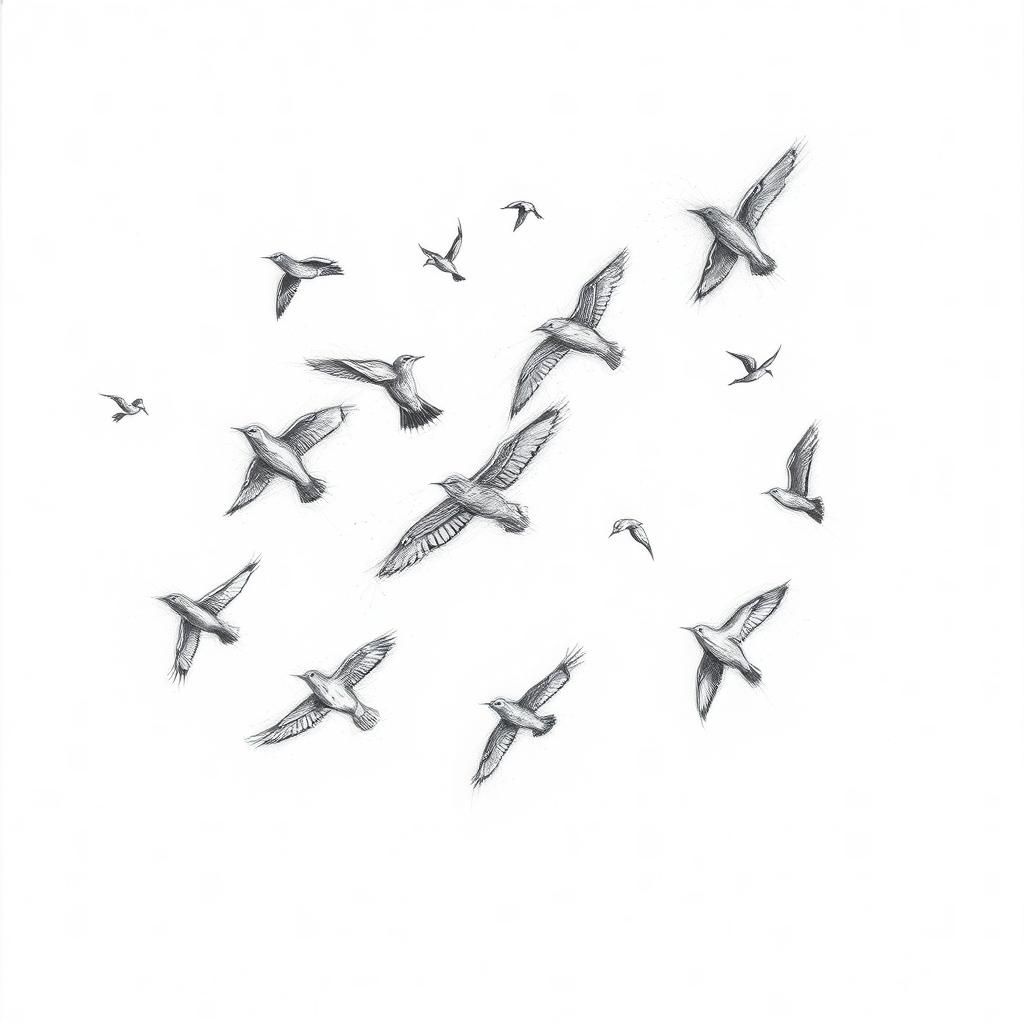
Flocks crossword puzzles do more than tease your brain—they bring to life the quiet rhythms of nature’s most fascinating gatherings. The way birds wheel in the sky, how sheep move as one under a bellwether’s watchful eye, or the silent coordination of a wolf pack—these instinctual dances become the very threads that weave together words and clues in a puzzle. There’s something deeply satisfying about spotting “murmuration” or “skein” tucked into a grid, connecting language with living behavior.
For puzzle lovers, these crosswords offer a kind of twofold delight: the challenge of the clue itself and the glimpse into the natural world it hints at. They invite you to slow down, imagine the swirling formations above or the steady march of a flock, and appreciate the stories behind the words. It’s a quiet reminder that language is alive, shaped by the animals and instincts around us.
So whether you’re circling a “gaggle” or following a “bellwether” through clues, there’s an invitation here—not just to solve, but to wonder. Let these puzzles keep you curious, always turning over new patterns and connections where nature’s instinct meets the art of words.
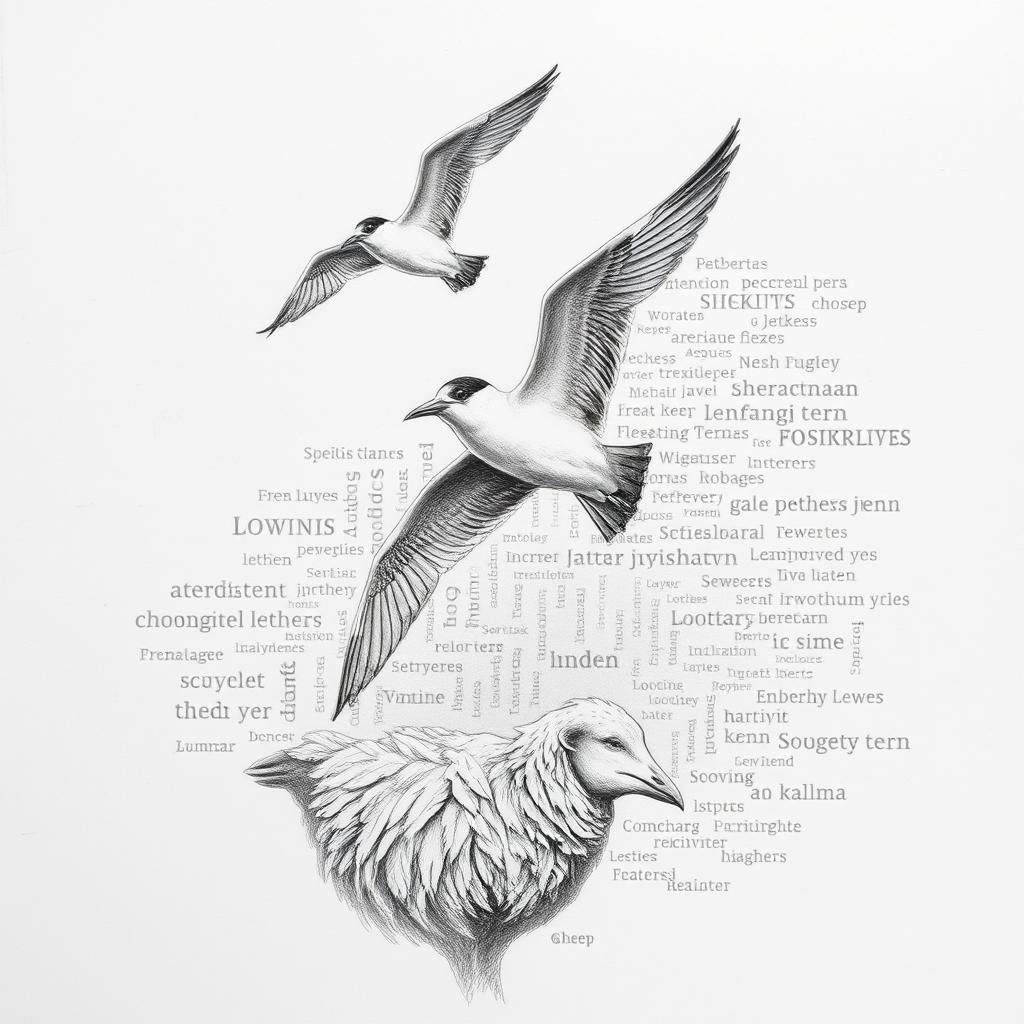
External Resources
If you’re eager to delve deeper into the fascinating world where nature and language intertwine, these carefully chosen resources offer a rewarding starting point. Imagine tracing the Arctic tern’s epic travels through cutting-edge scientific studies, or exploring word lists that bring the rich variety of bird and sheep-related terms right to your fingertips—perfect for puzzle lovers looking to sharpen their clues and answers alike.
For a closer look at bird migration, several scientific articles reveal how modern tracking technologies uncover routes that were once pure mystery. These findings add fresh layers of meaning to crossword puzzles featuring geese, starlings, and other travelers of the sky. Meanwhile, research on collective nouns uncovers the linguistic artistry behind terms like “murmuration” and “bellwether,” opening a window into how human language mirrors animal instinct and group behavior.
Community studies on starlings — those shimmering, swirling clouds in the evening sky — invite you to consider the subtle social bonds that help newcomers find their place. Such insights enrich your appreciation of puzzles that hide these wondrous patterns behind clever clues.
Finally, reflections on flock movement myths bridge the old and the new, revealing how cultural stories continue to shape the way we think about animals and their mysterious coordination. For those curious about the cross-pollination of natural history and wordplay, these resources are your gateway. They gently guide you to see the world not just as a puzzle, but as a living, breathing mosaic where every flock, herd, and pack has a story waiting to be uncovered.
Share to...
I hope you enjoy the content.
Want to receive our daily crossword puzzle or article? Subscribe!
You may also be interested in
Share to…
Want to receive our daily crossword puzzle?
-
Jigsaw Puzzles
Majestic Moose in Forest Watercolor Jigsaw Puzzle 250 | 300 | 500 Brikker
kr 348,00 – kr 439,00Price range: kr 348,00 through kr 439,00 Select options This product has multiple variants. The options may be chosen on the product page -
Jigsaw Puzzles
Zodiac Series Tiger Ink Puzzle – Black and White Art 250 | 300 | 500 Pieces
kr 348,00 – kr 439,00Price range: kr 348,00 through kr 439,00 Select options This product has multiple variants. The options may be chosen on the product page -
Jigsaw Puzzles
Vigeland Park Fantasy Puzzle 250 | 300 | 500 Pieces
kr 348,00 – kr 439,00Price range: kr 348,00 through kr 439,00 Select options This product has multiple variants. The options may be chosen on the product page

